Maintenance Operations
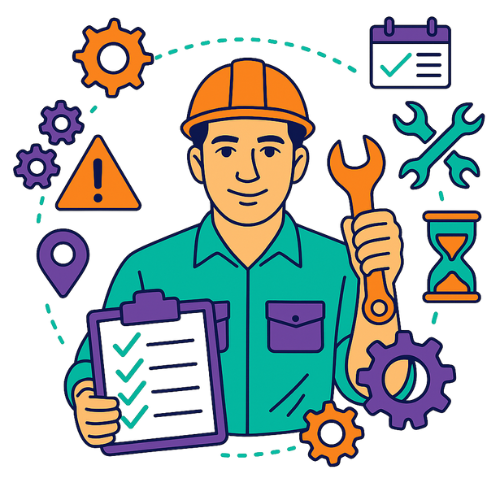
Challenges and Use Case Overview
Maintenance Operations encompass the processes and activities involved in keeping equipment, machinery, buildings, and infrastructure in good working order. This use case spans various industries and involves a range of tasks, from routine inspections and repairs to preventative maintenance and asset management. The challenges within Maintenance Operations are diverse and significantly impact operational efficiency, safety, and cost.
Key Challenges in Maintenance Operations:
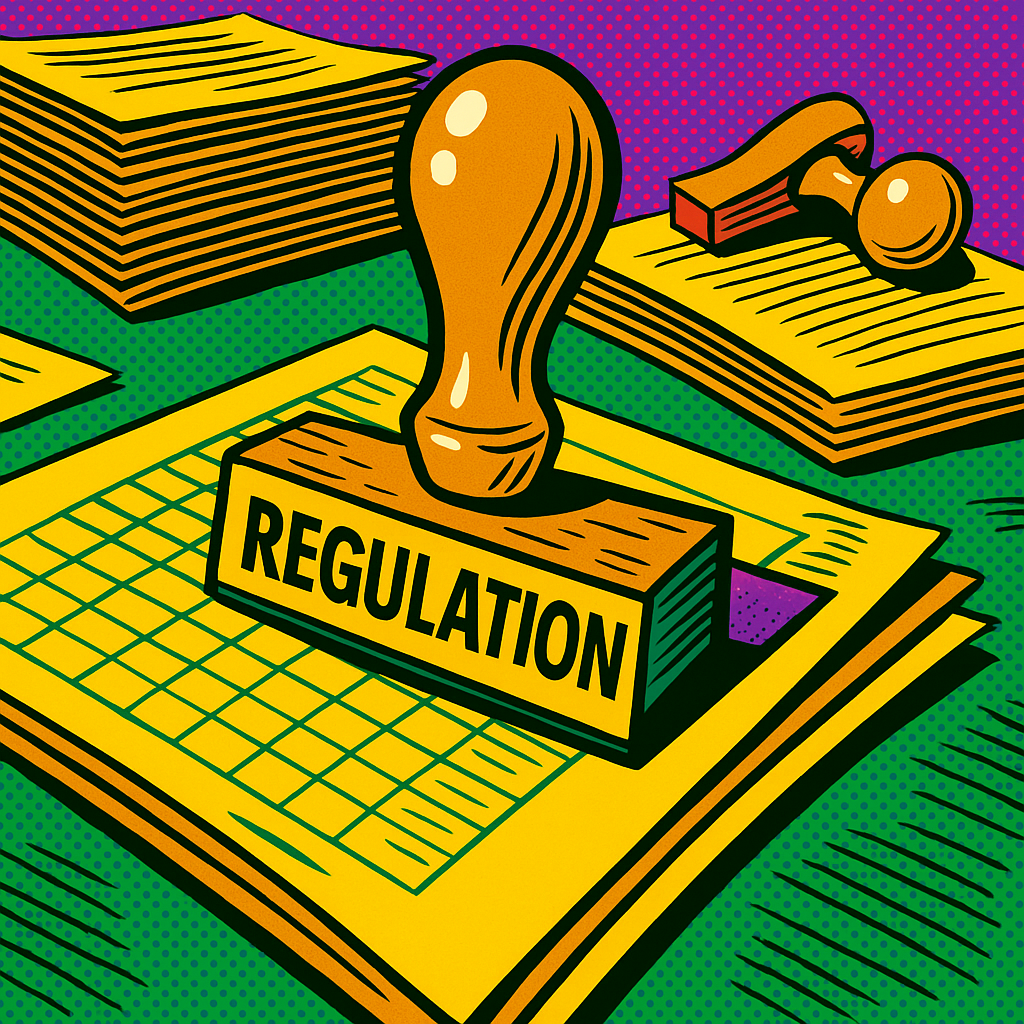
Asset Management
Tracking assets, their condition, and maintenance history is complex—especially without centralised records or clear lifecycle visibility.

Preventative Maintenance
Sticking to maintenance schedules reduces downtime but requires solid planning, resourcing, and follow-through.

Predictive Maintenance
Using data to anticipate failures helps avoid disruptions—but adopting the tools and insights needed remains a challenge.

Reactive Maintenance
Breakdowns still happen. Fast, effective response is vital to minimise downtime and business impact.

Resource Allocation
Getting the right people, tools, and parts in the right place at the right time is essential for efficiency and cost control.

Compliance & Safety
All maintenance must follow strict safety rules—PPE, procedures, and protocols like lockout/tagout must be consistently enforced.

Record Keeping
Work orders, inspections, and repairs must be documented accurately. Manual systems often fall short on speed and reliability.

Tech Integration
Digital tools can streamline maintenance but are often underused. Real-time visibility and workflow automation are key goals.
Smart Maintenance for Safer Operations
From cafés and classrooms to runways and railways, Safely helps teams proactively manage facilities, equipment, and infrastructure to reduce downtime, boost compliance, and keep operations running smoothly.
Use Case Examples:
- Business & Industry (B&I): Maintain office systems and industrial assets
- Contract Catering: Maintain catering equipment across varied sites
- Hotels: Manage guest facilities, kitchens, and amenities
- Leisure & Entertainment: Maintain rides, AV systems, and public areas
- Care Homes: Ensure safe upkeep of medical equipment and facilities
- Restaurants & QSRs: Maintain kitchen equipment for reliable service
- Pubs & Bars: Keep bar equipment and service areas in top condition
- Food Retail: Monitor and maintain refrigeration and store systems
- Food Manufacturing: Manage machinery to reduce downtime and ensure safety
- Hospitals: Maintain medical devices and critical infrastructure
- Education: Manage buildings and facilities across campuses
- Coffee Shops & Cafés: Maintain equipment and ensure safe, efficient operations
- Airports: Maintain terminals, support systems, and infrastructure
- Facilities Management: Oversee building, grounds, and compliance upkeep
- Passenger Airlines: Maintain aircraft and airside operations for safety and uptime
- Passenger Rail: Manage trains, stations, and supporting infrastructure
- Energy: Maintain infrastructure to ensure reliable power delivery
The Smarter Way to Manage Maintenance—Only with Safely
From reactive repairs to missed inspections, poor maintenance can lead to safety risks, spiralling costs, and operational delays. Safely empowers organisations to move from manual processes to intelligent, connected maintenance—ensuring everything runs safely, efficiently, and on time.
Modern teams need tools that can:

Automate maintenance scheduling and task workflows
Digitise checks, log service history, and eliminate missed routines.
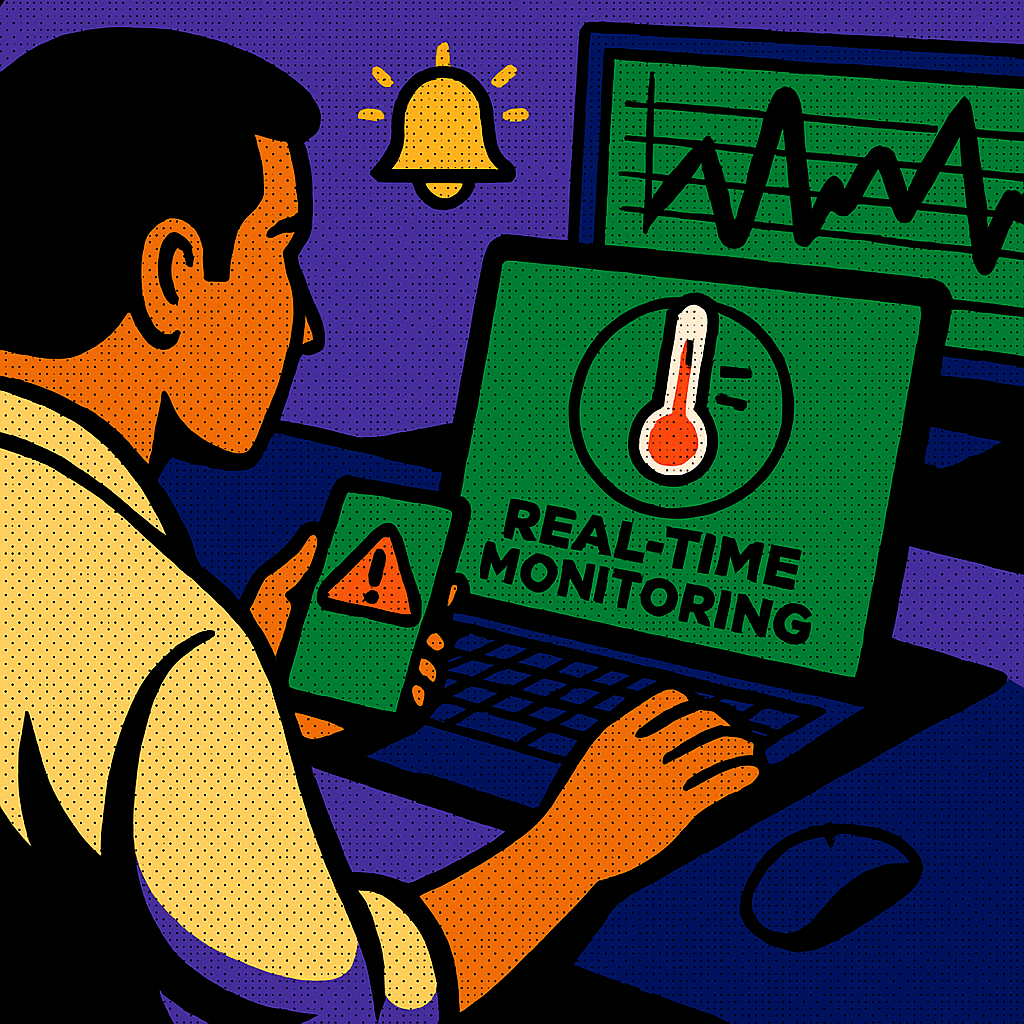
Enable real-time asset tracking and reporting
Stay on top of performance, failures, and repairs—across all sites.
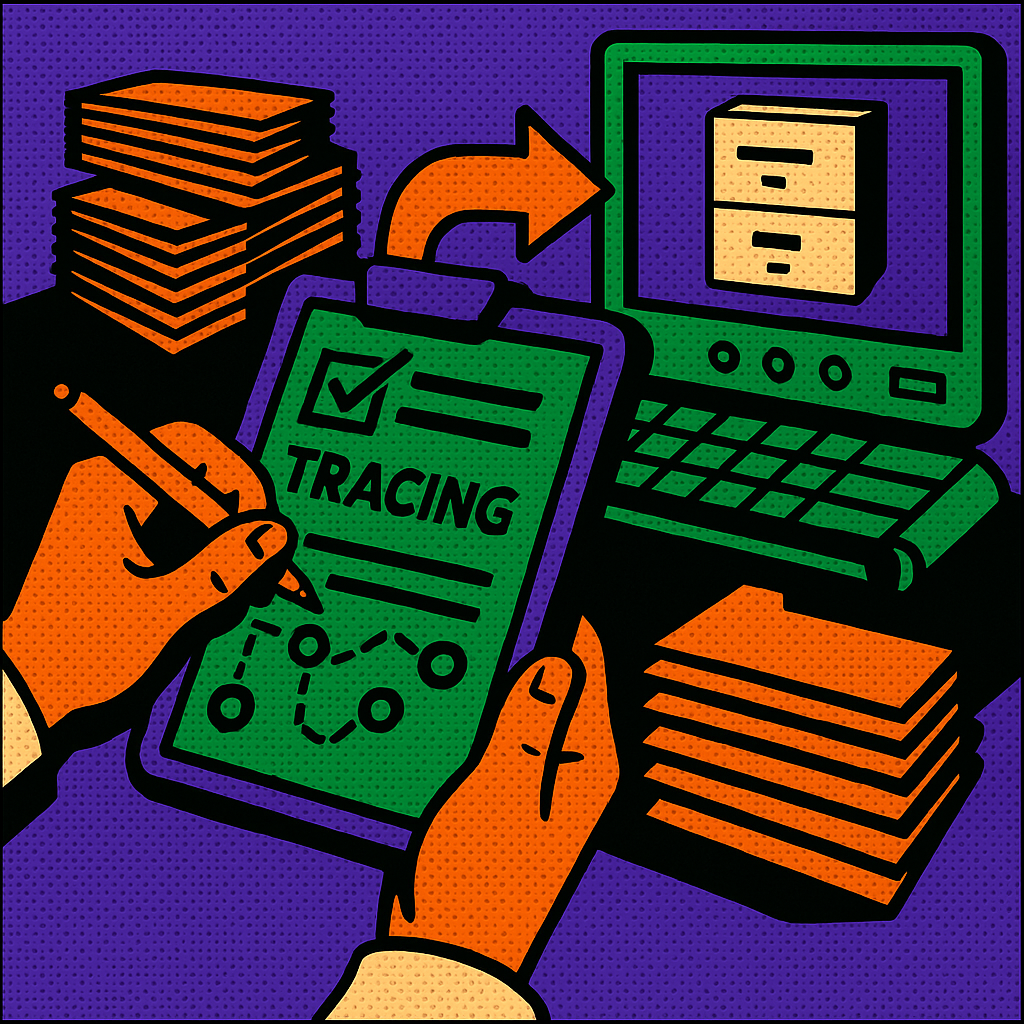
Predict issues before they become downtime
Use smart alerts and trends to switch from reactive to preventative maintenance.
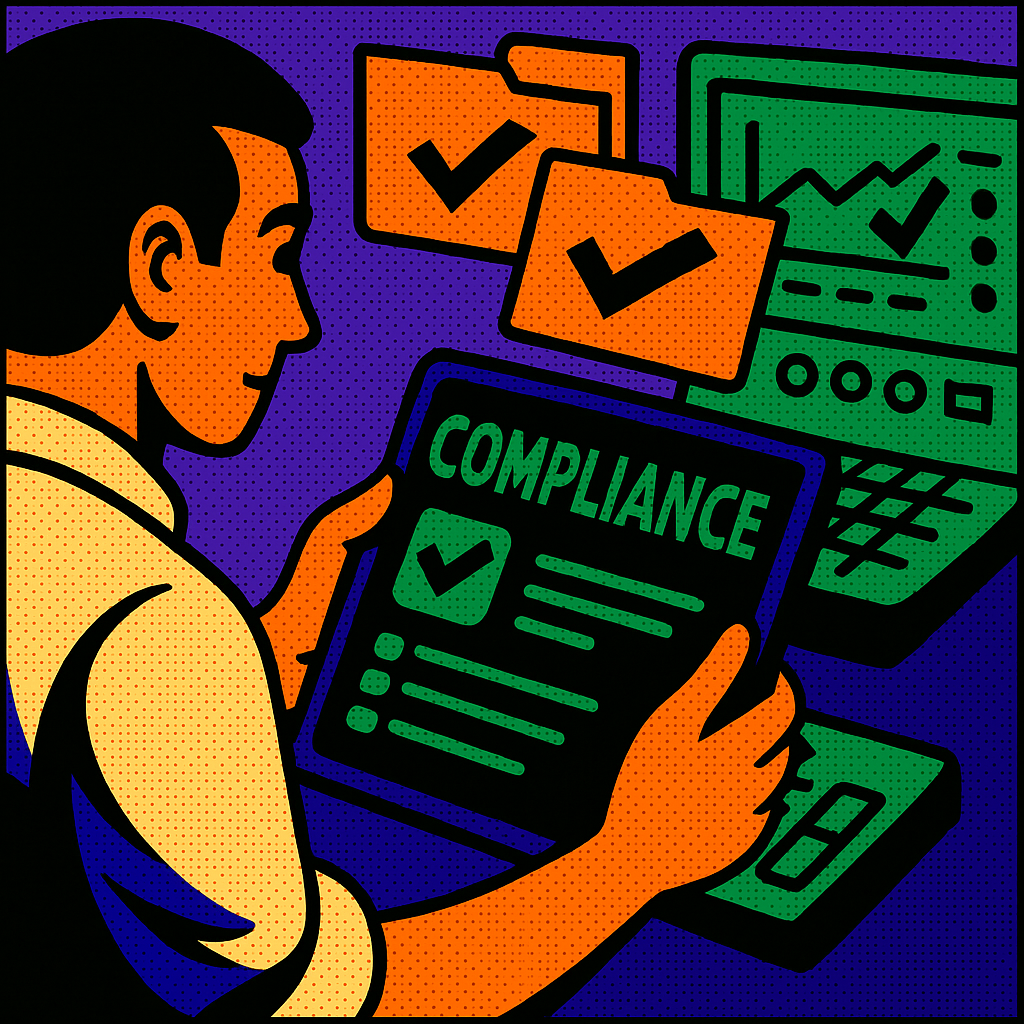
Boost team coordination and communication
Assign, escalate, and verify tasks with full visibility across maintenance teams.

Ensure compliance with safety and operational standards
Capture maintenance records and evidence for audits and inspections.
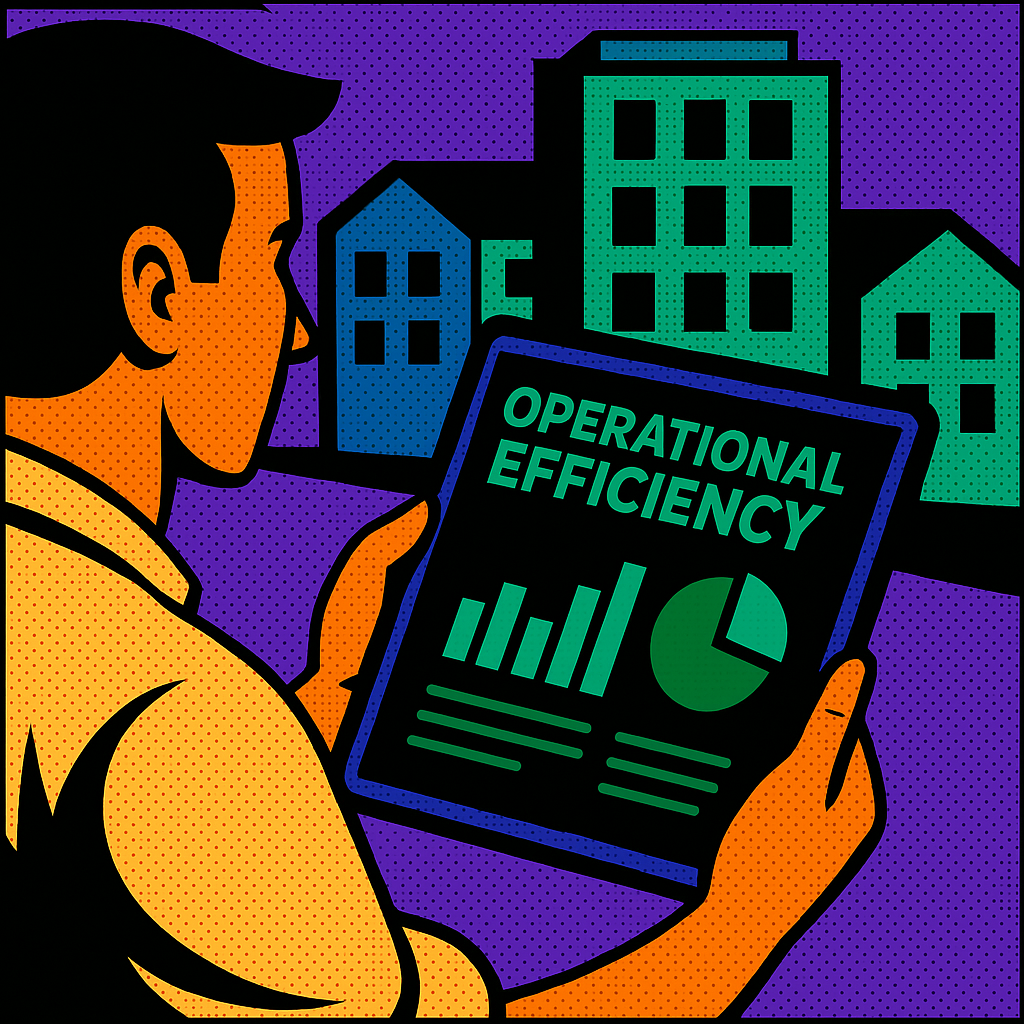
Optimise resource use and control maintenance costs
Track time, parts, and labour to make data-driven decisions that reduce waste.